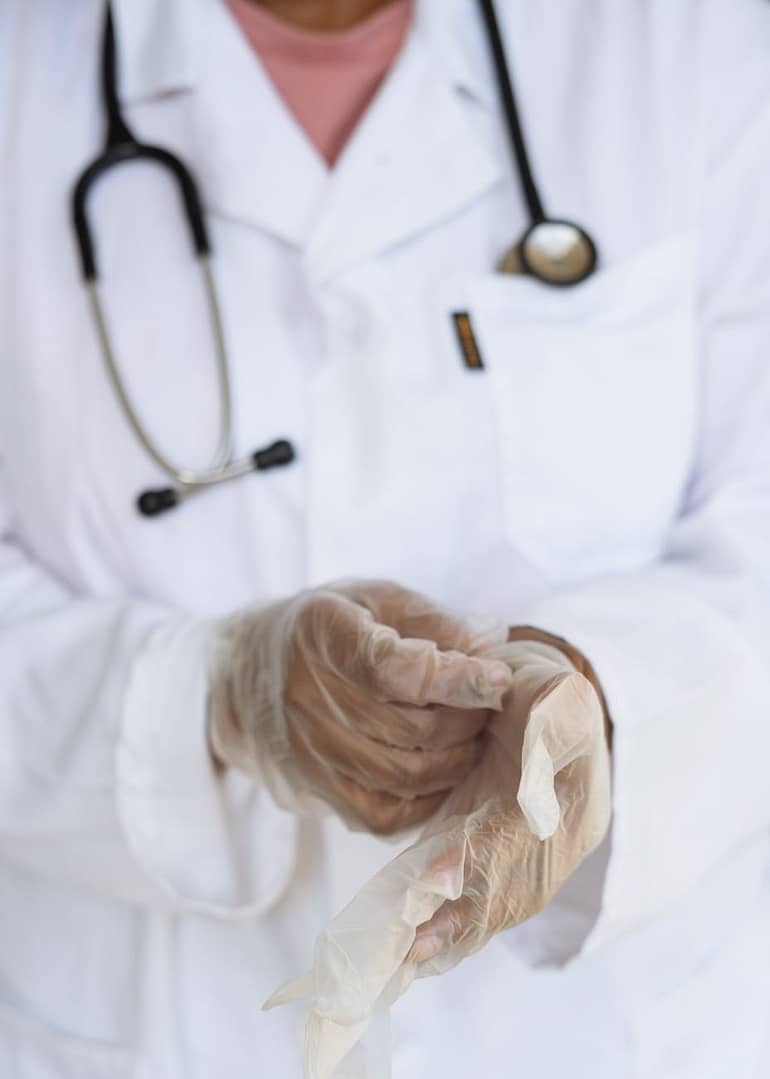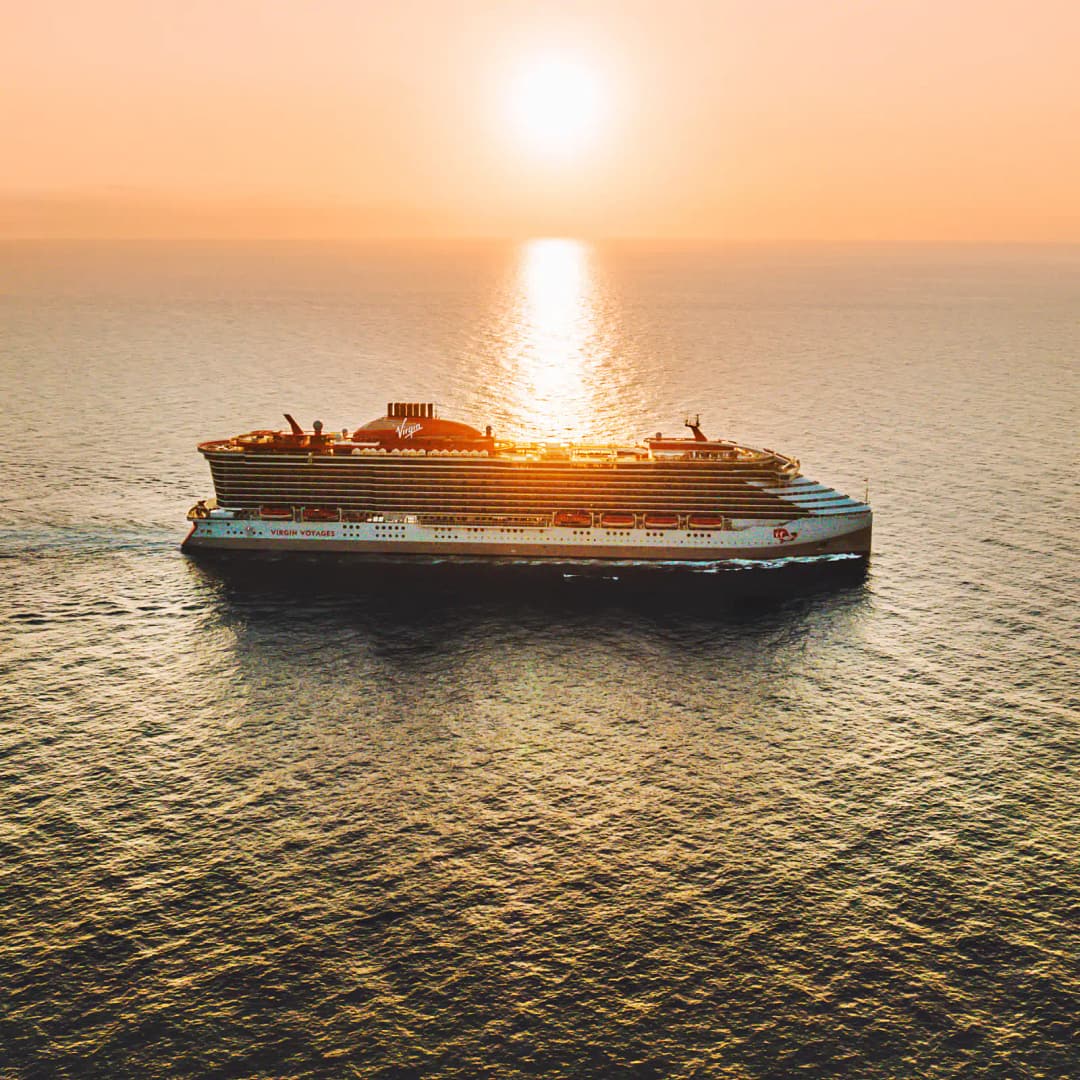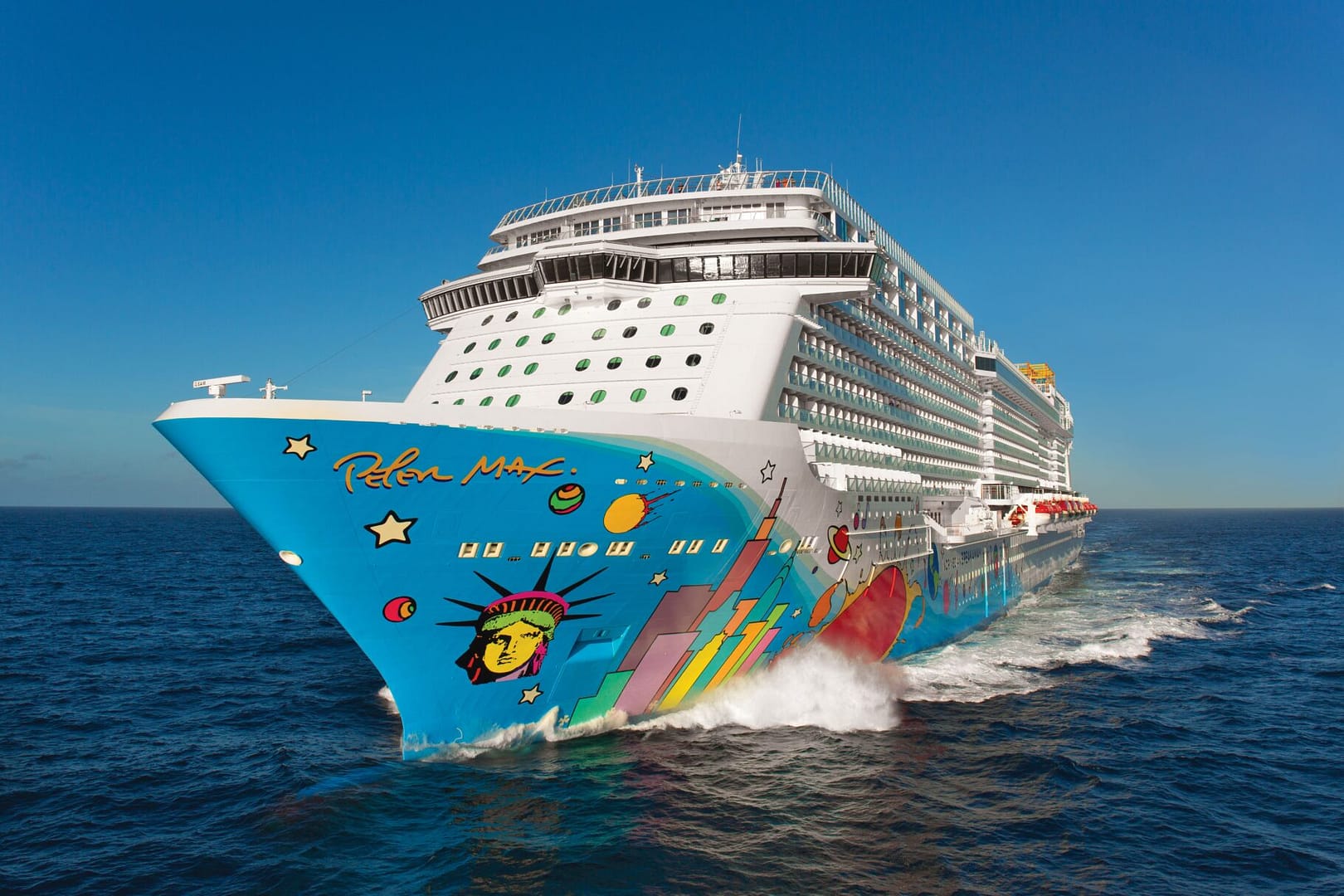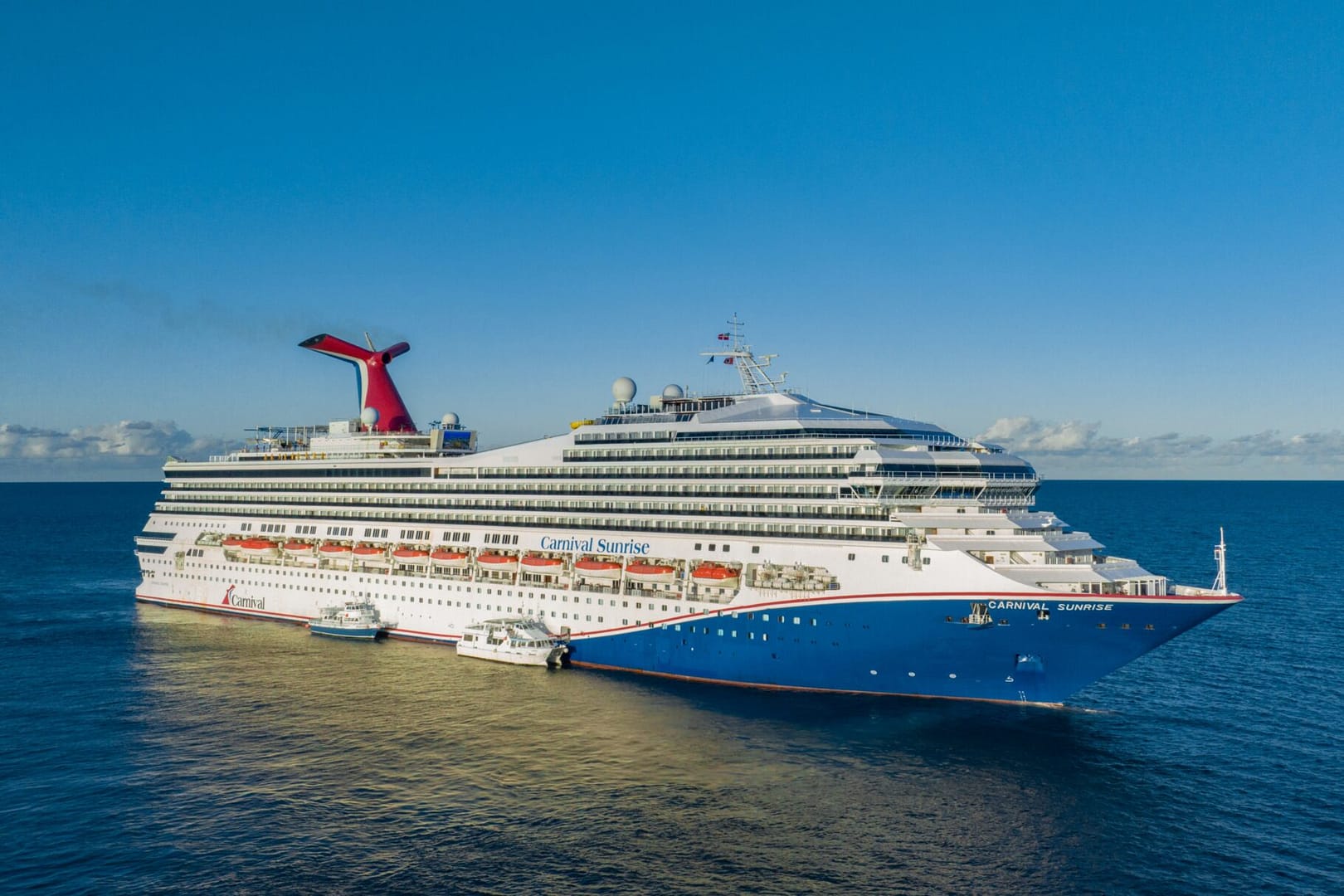CDC Cruise Inspection Program Hit by HHS Layoffs, Support Staff Cut
As cruise travel surges to record highs in 2025, a critical public health watchdog program is being strained by federal staffing cuts. The Centers for Disease Control and Prevention’s (CDC) Vessel Sanitation Program (VSP), which monitors cleanliness and disease outbreaks on cruise ships, has been impacted by layoffs announced by the U.S. Department of Health and Human Services (HHS). While inspections will continue, officials warn that diminished support staff may hamper outbreak response and global operations.
“It really compromises everything and makes it difficult for them to travel globally and do those inspections in Europe or wherever it might be,” said Dr. Erik Svendsen, Director of the CDC’s Division of Environmental Health Science and Practice, which oversees the VSP.
Svendsen himself was placed on administrative leave on April 1, and he expects to be terminated by early June. He says he has received no further updates about his future or the program’s.
Watch it LIVE on Cruise News Central!
Cruise Illnesses Spike, but CDC Oversight Shrinks
The staffing cuts come amid a wave of gastrointestinal illness outbreaks aboard cruise ships. As of April, the CDC has logged 12 outbreaks that met its public notification threshold in 2025, most linked to norovirus. That’s on pace to surpass 2024’s total of 18.
Despite the cuts, the CDC said the VSP’s essential inspections will continue, largely thanks to U.S. Public Health Service (USPHS) commissioned officers who perform on-board inspections and were not affected by the layoffs.
However, Svendsen and others point out that key civilian support staff—who handle logistics, data, outbreak coordination, and administration—were part of the reduction in force. Among those lost was the leader of the outbreak response team.
Cruise Industry Responds: “We’re Following CDC Guidelines”
The Cruise Lines International Association (CLIA), the industry’s top trade group, emphasized that member lines will continue to follow the CDC’s public health guidelines.
“Our current understanding from the CDC is that the Vessel Sanitation Program (VSP), which is voluntary and funded by the cruise industry, will continue to operate,” CLIA said in a statement. “We expect programmatic activities to continue in some capacity.”
Participation in the VSP is a requirement for CLIA membership, giving the program significant influence over the industry.
What Does the Vessel Sanitation Program (VSP) Do?
The VSP serves as the cruise industry’s public health authority in U.S. waters. Key responsibilities include:
- Conducting unannounced ship inspections, typically twice a year
- Investigating gastrointestinal illness outbreaks
- Reviewing ship design plans for public health safety
- Inspecting food service, water systems, pools, childcare areas, and medical facilities
- Providing sanitation training for cruise ship staff
Ships are inspected whenever they dock at a U.S. port, even if they’ve been sailing internationally. The inspection fee ranges from $8,000 to $65,000, depending on the ship’s size. All inspection scores and reports are published online for public access.
Can the Program Keep Up With a Booming Cruise Industry?
The layoffs raise concerns about whether the VSP can keep up with increasing demand. According to AAA, an estimated 19 million Americans will cruise in 2025—a record high.
Public health experts worry the cuts will leave fewer staff to support inspections, risking delays in outbreak responses and increasing workloads for remaining officers.
“If we have 10 inspectors and 100 ships, and now we only have five, ships either don’t get inspected or the team burns out,” said Dr. Jill Roberts, an associate professor at the University of South Florida College of Public Health.
Still, Svendsen praised the dedication of the remaining officers: “They’re public health soldiers… even if they have to sacrifice and do extra work, they’ll get it done.”







